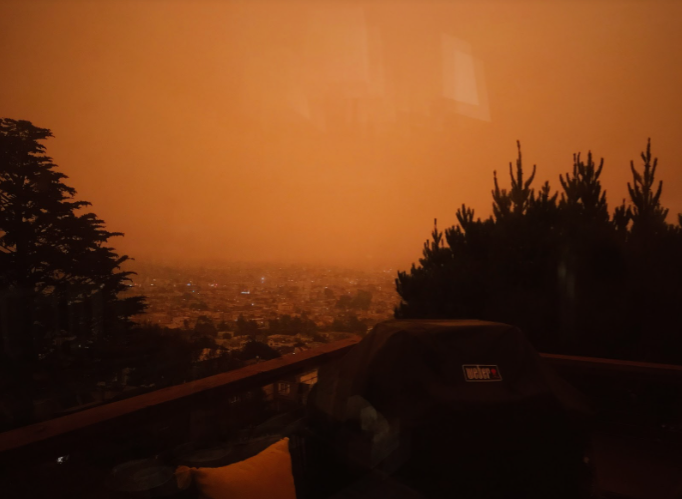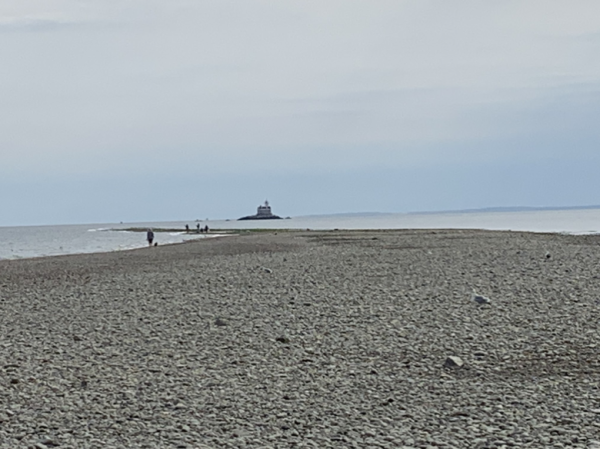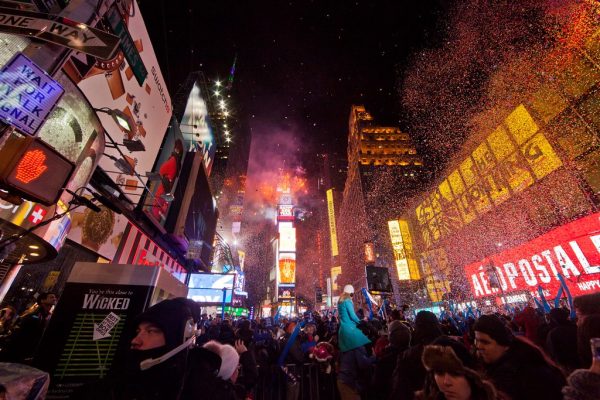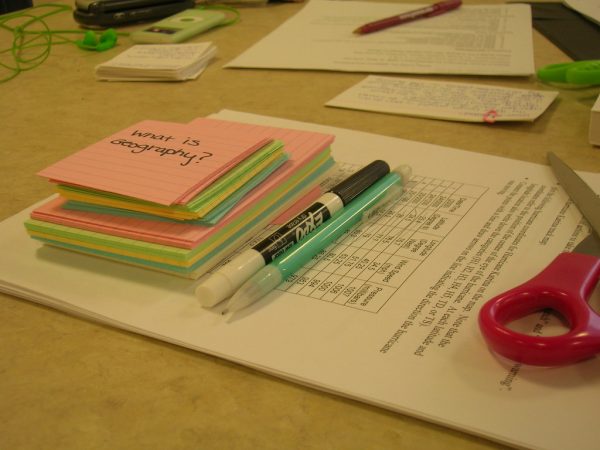Why is the West Coast Burning?
The skies over San Francisco have turned orange, due to smoke and dust from nearby wildfires. It is an image of destruction, of thousands evacuating their homes, of families who have lost everything they had.
Many scientists turn to the unprecedented wildfire season facing the West as further evidence for the impact of a changing climate.
These fires have been burning out of control in Oregon, California and Washington for three weeks, and have destroyed 4.7 million acres, according to the National Interagency Fire Center. This is an area larger than the state of Connecticut. 29,000 personnel have been deployed.
6 of the top 20 largest wildfires in California history have occurred in 2020; the state is currently facing 25 large blazes. Washington state is experiencing 15 large fires and Oregon 12.
NPR reports that 40,000 people have been ordered to evacuate in Oregon alone.
Reva Bhatia, a resident of San Francisco, explains that she has not had to evacuate, since the nearest fires are an hour from her home. She reflects on the devastation that many families have experienced throughout the state: “I feel very fortunate that our home is not at risk of burning. So many families have lost their homes. Some small towns in the wooded mountains have lost so much to the fires: homes, the grocery store, cafes, even the library in one community.” California’s wildfire activity elevated on August 15. Since then, there have been over 4,200 properties destroyed, according to the State of California.
Although San Francisco and other major cities in the West have not been directly affected by the fires, the air quality has sharply deteriorated. Portland currently has the worst air quality in the world, and San Francisco, Los Angeles, and Seattle are heavily polluted. Reva Bhatia, a resident of San Francisco, shares, “Most days we have to stay indoors all day, because the air quality is so bad…You can taste the smoke in the air.”
Bhatia remarks that this is a difficult situation during the pandemic, since inhaling smoke increases respiratory risks of COVID-19. Smoke from the wildfires has travelled all the way to Connecticut and other parts of the East Coast, the Hartford Courant reports, but officials have not noted any detrimental effects on air quality.
According to the New York Times, most fires originate from human actions. The El Dorado Fire in California, which has extinguished over 21,000 acres since September 5, was started with the use of a pyrotechnic device. The Almeda Fire in Oregon, which originated on September 8, is being treated as suspected arson. However, officials will not be able to confirm the cause of most of the current blazes until long after they finished burning.
Weather conditions such as gusty winds and low humidity have contributed to the spread of critical wildfires. In Oregon, a state currently experiencing 12 large fires, strong and hot east winds have led to the rapid spread of the fires into the western part of the state. These are the strongest winds recorded in at least 30 years.
However, the fires are influenced by more than weather conditions. Rising temperatures due to climate change have contributed to an unprecedented wildfire season in the West.
Since climate change has altered precipitation and temperature patterns, the western Cascades of Oregon, usually a wet mountain range, has lost much of its protective moisture. In these exceptionally dry conditions, the vegetation on the Cascades has become fuel for the fire.
California Governor Gavin Newsom noted climate change as the underlying cause of the Western fires. According to the BBC, Newsom characterized the wildfires as a “climate emergency,” on September 11, after inspecting damage from the North Complex Fire. “The debate is over, around climate change,” Newsom remarked. “This is real and it’s happening.”
Newsom’s remarks are supported by climate scientists, who forecasted that record heat conditions would increase the disastrous risk of wildfires. California has also experienced a drought over the past decade, which has affected 163 million trees and dried out mountain regions like the Cascades.
However, the fires have become a point of political contention. President Trump, who remained largely silent on the blazes before visiting California on September 14, emphasized forest management, not climate change, as the cause of the fires. At a Pennsylvania rally in August, the President stated, “you’ve got to clean your floors, you’ve got to clean your forests,” according to the New York Times.
58% of forest in California is managed by the federal government, the BBC reports. The US Forest Service has adopted the practice of “controlled” burning, setting fire to small areas of land to clear out dead vegetation, in recent years. Although experts suggest that this may be a beneficial management strategy, they question whether it does enough to clear out all the fuel in forests, and argue that extreme climate conditions are the main driver for the fires.
Regardless of the factors that caused them, the wildfires have had an unprecedented impact on communities in the West, leading to evacuation, property loss, and tragic loss of over 30 people.
For many, the trauma of living through the 2020 wildfires has opened their eyes to the reality of natural disasters in a changing climate. Scientists point to more severe droughts, increased intensity of storms, and rising sea levels, as other impacts of climate change that may not transform the color of San Francisco’s skies, but also pose a widespread threat to communities.
Bhatia concludes with a surreal image: “Last Wednesday was the worst day. The whole sky turned orange because so much smoke was in the upper atmosphere. The sky got darker instead of lighter all day, with an eerie reddish glow. It felt like living in a scary movie, or on Mars.”

Harper is the current Editor in Chief of Prospect. Harper served as the Opinions Editor of the paper during the 2019-2020 school year. This is her fourth...











